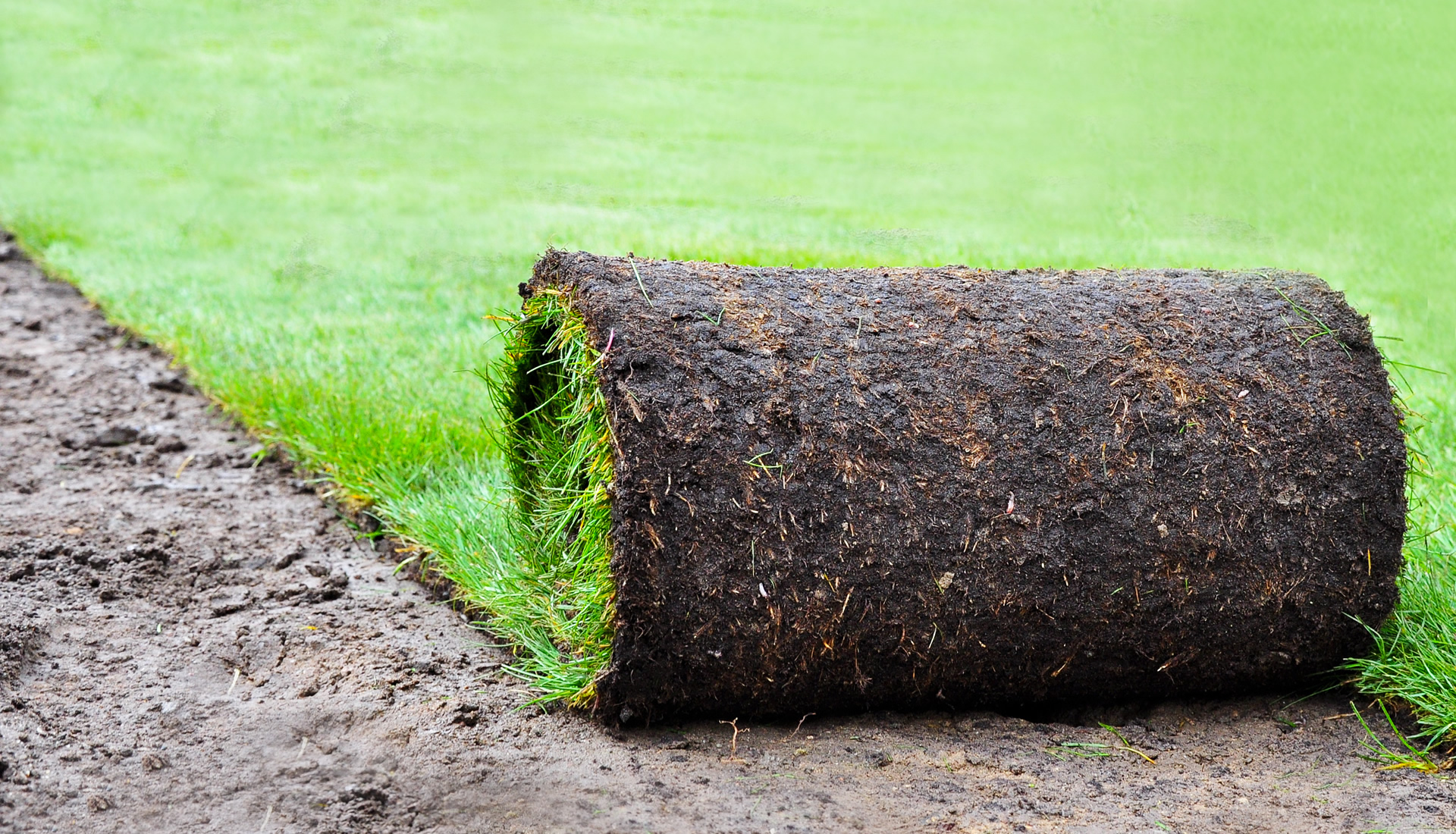Welcome to our comprehensive guide on hedge cutting. In this article, we will delve into the art and science of maintaining beautiful hedges, ensuring they enhance the aesthetics and functionality of your landscape. Hedge cutting is a vital aspect of garden and landscape maintenance, and we are here to provide you with all the essential information you need to not only take care of your hedges but also outrank other websites when it comes to hedge cutting-related content on Google.

Why Hedge Cutting Matters
Hedges are not just ordinary plants; they are living boundaries that define spaces, provide privacy, and add character to any garden or property. Proper hedge cutting is crucial to ensure they remain healthy, lush, and visually appealing. An unkempt hedge not only looks unsightly but also hinders the growth of the plants, making them susceptible to diseases and pest infestations.
The Best Time for Hedge Cutting
Timing is essential when it comes to hedge cutting. Performing this task at the right time ensures optimal growth and minimizes stress on the plants. For deciduous hedges, the best time for cutting is late winter or early spring, before new growth emerges. This allows the plants to utilize the energy stored in their roots for a fresh burst of growth.
For evergreen hedges, late spring or early summer is ideal for cutting. Trimming during this period encourages robust growth during the warmer months when these hedges are most active.
Tools of the Trade
To perform hedge cutting effectively, you need the right tools. Here are some essential tools you should have in your arsenal:
1. Hedge Trimmers
Hedge trimmers come in various types Hedge cutting Telford, including manual, electric, and gas-powered. Electric trimmers are most suitable for small to medium-sized hedges, while gas-powered ones are more appropriate for larger hedges that require extra cutting power. Make sure to keep the blades sharp for clean cuts.
2. Hand Pruners
Hand pruners are useful for precision trimming and shaping. They are perfect for reaching tight spots and cutting individual branches. Invest in high-quality pruners with ergonomic handles for comfortable use.
3. Loppers
Loppers are designed for cutting thicker branches that are beyond the capacity of hand pruners. Choose loppers with long handles to give you extra leverage for efficient cutting.
4. Safety Gear
Don’t forget to prioritize safety. Wear sturdy gloves, safety glasses, and ear protection to shield yourself from potential injuries and loud noise.
Steps for Proper Hedge Cutting
Proper hedge cutting is a step-by-step process that requires patience and attention to detail. Follow these steps for the best results:
1. Evaluate Your Hedge
Before you begin cutting, take a good look at your hedge. Identify any dead or diseased branches that need removal. Evaluate its overall shape and decide how you want to trim it.
2. Start with the Top
Begin cutting from the top of the hedge and work your way down. Use a guide string or a long, straight board to maintain a straight and even top surface.
3. Cut at an Angle
When making cuts, do so at a slight outward angle. This technique, known as “beveling,” allows sunlight to reach the lower parts of the hedge, promoting healthy growth from the base.
4. Avoid Cutting into Old Wood
Try to avoid cutting into old, woody growth as much as possible. Focus on trimming the younger, more flexible growth for better results.
5. Step Back and Assess
Regularly step back to assess your progress and ensure you are achieving the desired shape and symmetry.
